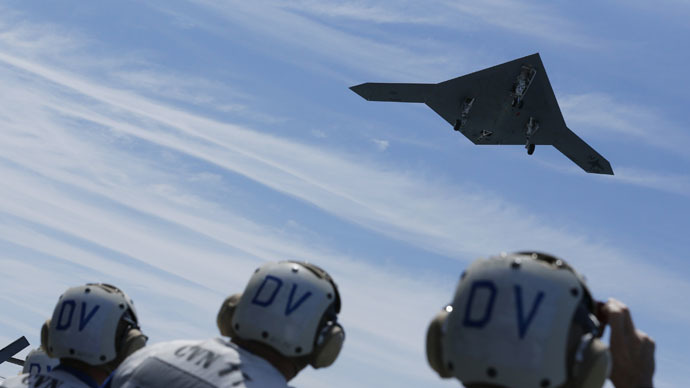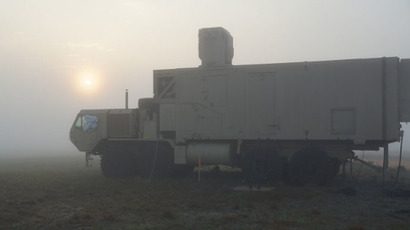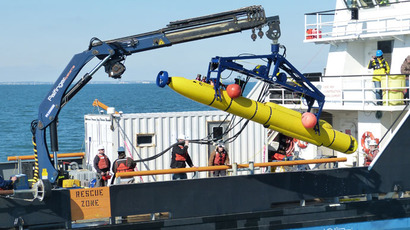US Navy wants more robotics, artificial intelligence for combat, support roles

Artificial intelligence (AI) is set to change the face of the United States navy in both combat and non-combat situations, according to a new report. Human pilots and even planners could be replaced by this developing technology.
According to USNI News, an outlet run by the US Naval Institute, the Navy outlined in a June 5 memo ways in which the service is seeking opportunities to integrate robotics and AI – two areas of development that are booming in the private sector – into naval operations.
“The private sector is investing heavily in AI and robotics automation for decision-making and physical implementation tasks,” according to the memo, released by the office of Bob Kozloski, deputy director of Task Force Innovation and deputy chief of the Office of Strategy and Innovation.
“The DON [Department of the Navy] could benefit from considering how to adapt recent private sector advances in fields such as machine learning, natural language processing, ontological engineering, and automated planning for naval applications.”
READ MORE: Drones will hunt in packs, as US Navy unveils LOCUST prototype launcher
In April, Navy Secretary Ray Mabus said that he expects autonomous drones "to be the new normal." They will eventually replace the Pentagon's state-of-the-art, high-priced jet, the F-35 Joint Strike Fighter.
“As good as it is, and as much as we need it and look forward to having it in the fleet for many years, the F-35 should be, and almost certainly will be, the last manned strike fighter aircraft the Department of the Navy will ever buy or fly,” Mabus said.
Mabus added that “removing a human from the machine can open up room to experiment with more risk, improve systems faster and get them to the fleet quicker.”
Just ahead of Mabus' announcement, Human Rights Watch issued a report that warned of a future with fully autonomous weaponry that “raises serious moral and legal concerns because they would possess the ability to select and engage their targets without meaningful human control.”
Office of Naval Research director of research Lawrence Schuette told USNI News that the Navy sees AI as “that thinking system that finds itself someplace it’s never been anticipated to be and is able to figure out what to do.”
Kozloski told USNI News that the Navy will being soliciting ideas via its crowdsourcing website Hatch from sailors over a 30-day period. A study group will then analyze top ideas and report back to naval leadership by the end of 2015. The group's report will also include a cost-effectiveness component.
READ MORE: DARPA to test 'submarine' drone that takes off from the ocean
While lethal autonomous systems are highly controversial, the Navy said its ideas will center around sailors' everyday functions.
The Navy already employs an Unmanned Carrier-Launched Airborne Surveillance and Strike (UCLASS), a Large Diameter Unmanned Underwater Vehicle (LDUUV), and a Swarmboat unmanned vehicle, USNI News noted.
Taking cues from the US Air Force and Central Intelligence Agency, the Navy has increasingly relied on unmanned systems in recent years. The Navy successfully launched a prototype drone from an aircraft carrier in the Atlantic Ocean in 2013, and that same year the Naval Air Station North Island base near San Diego, California received an entire fleet of Fire Scout MQ-8 B drones from the Pentagon, each capable of being operated at a distance of 110 miles away.
In April, the Navy showcased its LOCUST – or the Low-Cost Unmanned Aerial Vehicle Swarming Technology program – that allows multiple unmanned drones to coordinate and swarm autonomously.














